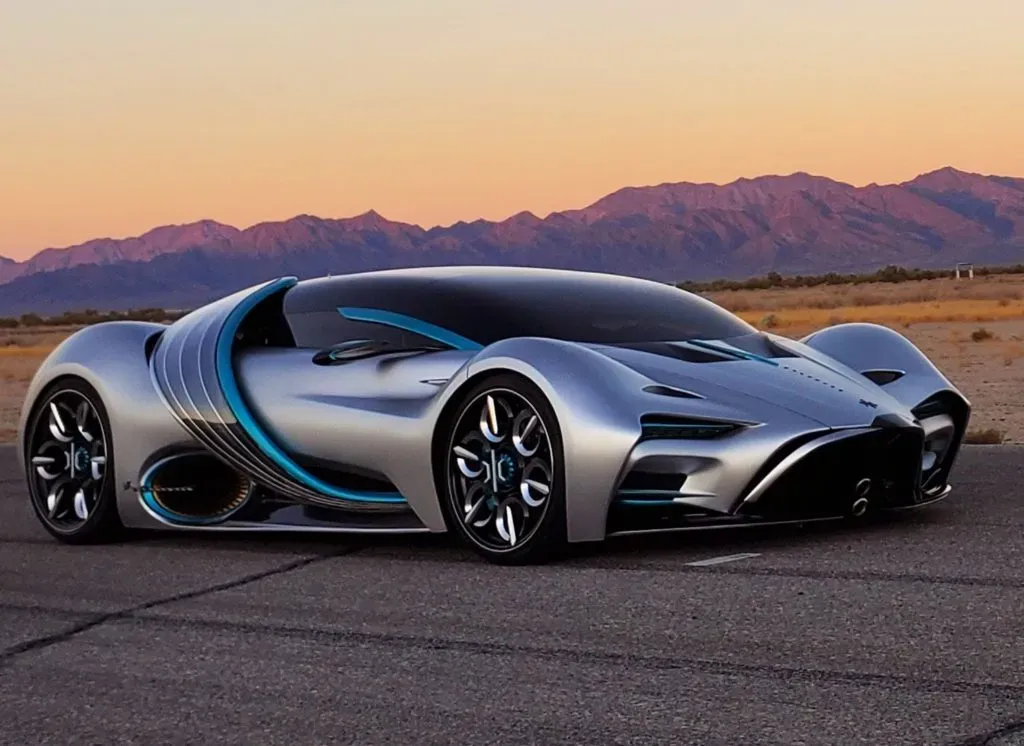Time Travel on Wheels: The Evolution of Automobiles
join us on a sentimental journey through the captivating history of automobiles, from their early beginnings to the innovative vehicles of today.
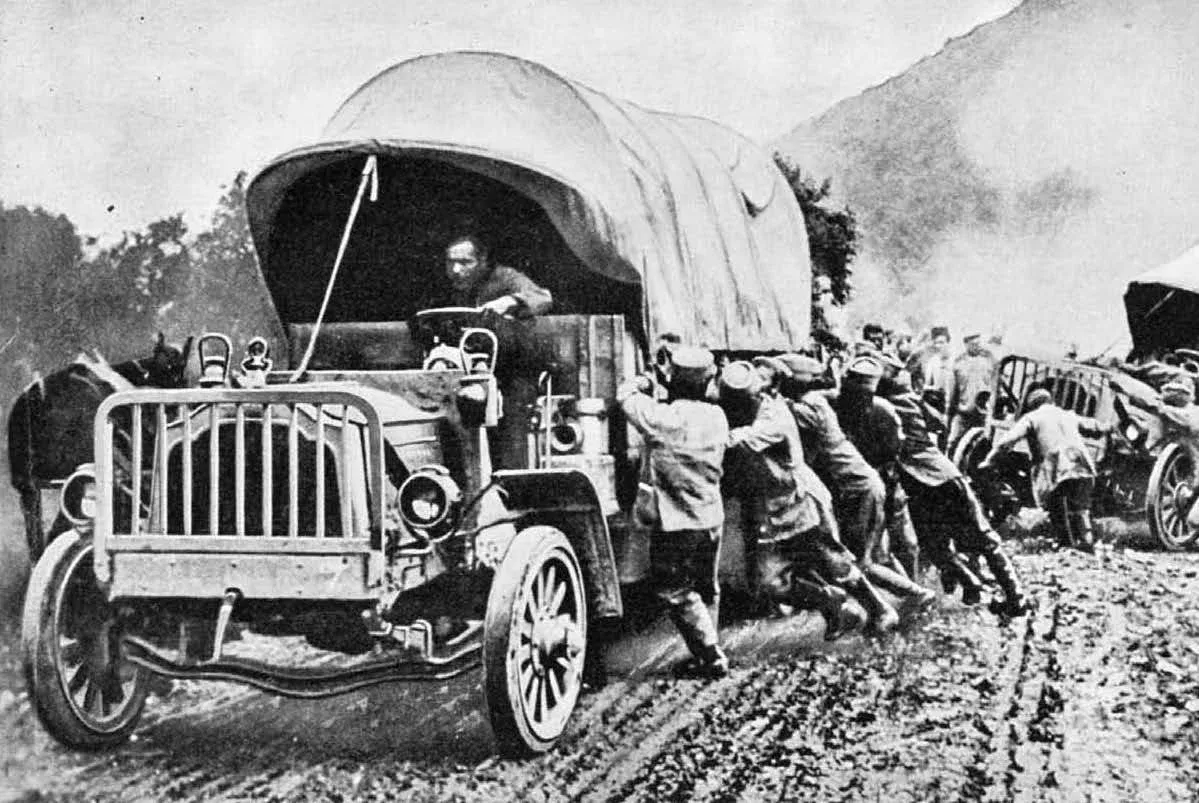
Introduction:
Buckle up, fellow auto enthusiasts! Are you ready for a sentimental ride through the evolution of automobiles? We'll rev up the engine and cruise through the captivating history of cars, witnessing these machines' incredible transformation and impact on society. So, let's hit the gas and start our nostalgic journey!
I. Horseless Carriages to Modern Marvels: The Early Days
The First Automobile: Fardier à vapeur and Karl Benz's Motorwagen
Way back in the 18th century, a French inventor named Nicolas-Joseph Cugnot developed the Fardier à vapeur, a steam-powered vehicle that's considered the first self-propelled automobile. Fast forward to 1885, when Karl Benz introduced the Benz Patent-Motorwagen, the first gasoline-powered automobile, these groundbreaking inventions set the stage for the modern marvels we know today.
The Unstoppable Henry Ford: The Model T and the Assembly Line
Henry Ford was a game-changer in the automobile industry. In 1908, he introduced the iconic Model T, an affordable and reliable car that transformed transportation. His innovative assembly line use in 1913 revolutionized mass production, making cars accessible to the average person.
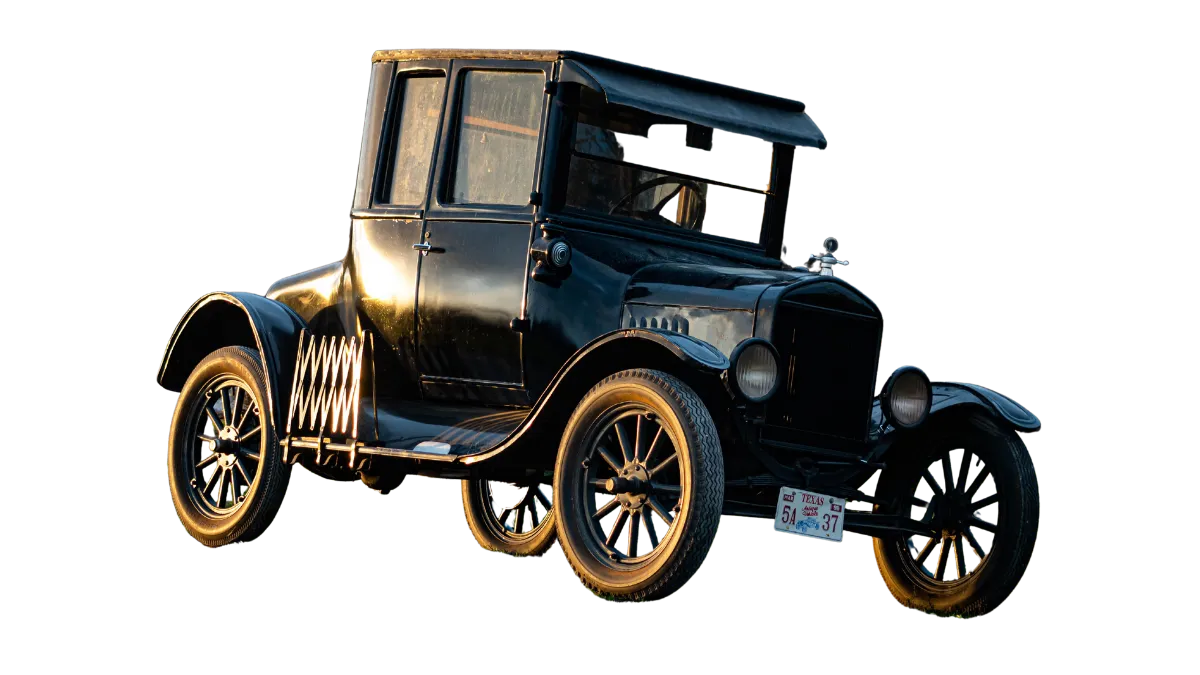
High-Class and Luxurious: Rolls-Royce, Bugatti, and Cadillac
While Ford focused on affordability, other manufacturers aimed to create high-class, luxurious vehicles. Brands like Rolls-Royce, Bugatti, and Cadillac emerged, offering opulent cars that became status symbols for the wealthy elite. These early automobiles played a significant role in shaping the industry and defining the luxury market.
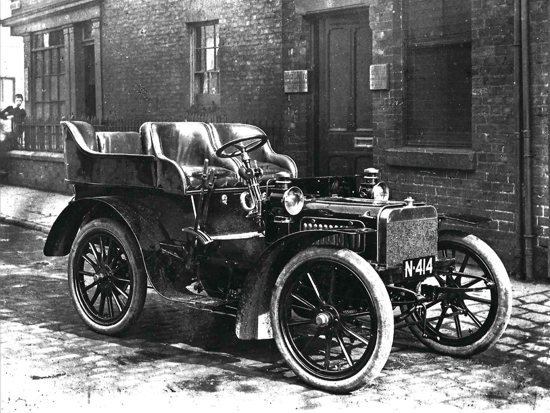
II. Zooming through the Decades: Classic Cars and Memorable Moments
The Roaring Twenties: Jazz Age, Prohibition, and Automobiles
The 1920s were an era of prosperity, and the automobile industry flourished. With the Jazz Age in full swing and Prohibition taking hold, cars like the Duesenberg Model A, Ford Model A, and Chrysler Series 70 became synonymous with this decade. Automobiles played a key role in the culture of the Roaring Twenties, symbolizing freedom and the spirit of the times.
The Streamlined Thirties: Style, Elegance, and the Volkswagen Beetle
The 1930s brought about a new era of elegance in automotive design. Streamlined cars like the Cord 810 and the Lincoln Zephyr reflected the Art Deco movement's influence. Meanwhile, the Volkswagen Beetle was born in Germany, a car designed for the masses that would eventually become one of the most iconic and best-selling automobiles of all time.
The Fabulous Fifties: Rock 'n' Roll, Drive-ins, and the Chevy Bel Air
The 1950s saw a boom in car culture, with rock 'n' roll, drive-ins, and flashy automobiles taking center stage. Cars like the Chevrolet Bel Air, the Ford Thunderbird, and the Cadillac Eldorado became synonymous with the era. Chrome, tailfins, and bright colors were all the rage, making the Fabulous Fifties an unforgettable time in automotive history.
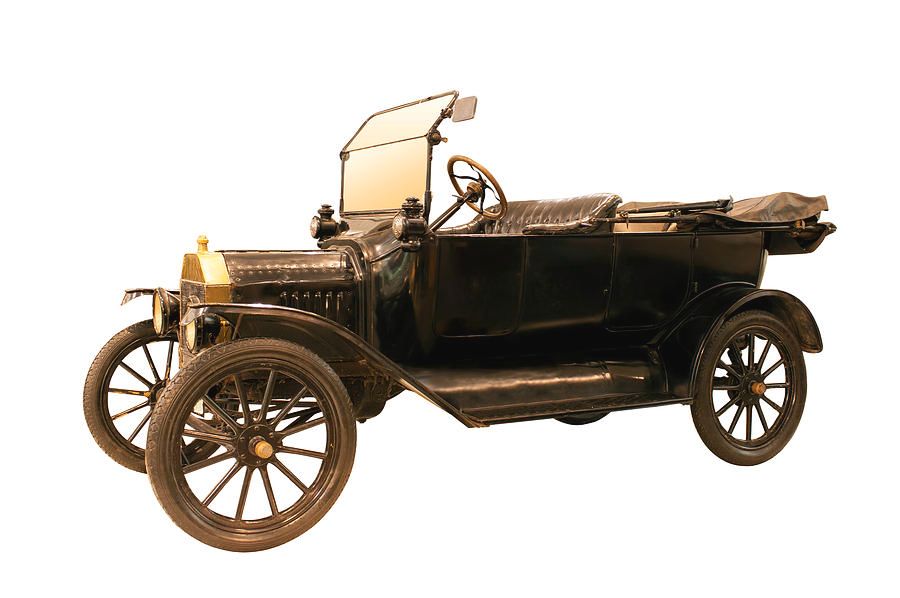
III. Global Expansion: The Rise of Automobile Giants
The Big Three: Ford, General Motors, and Chrysler
The Big Three dominated the American automobile industry: Ford, General Motors, and Chrysler. These companies produced many vehicles, from family sedans to powerful muscle cars. The Big Three's influence extended far beyond the United States as it expanded globally and established a strong presence in international markets.
European Elegance: The Triumph of BMW, Mercedes-Benz, and Ferrari
European car manufacturers also made their mark on the global stage, offering elegant designs and sophisticated engineering. Brands like BMW, Mercedes-Benz, and Ferrari became synonymous with luxury, performance, and style. Their vehicles captivated car enthusiasts and contributed to shaping the automotive industry's landscape.
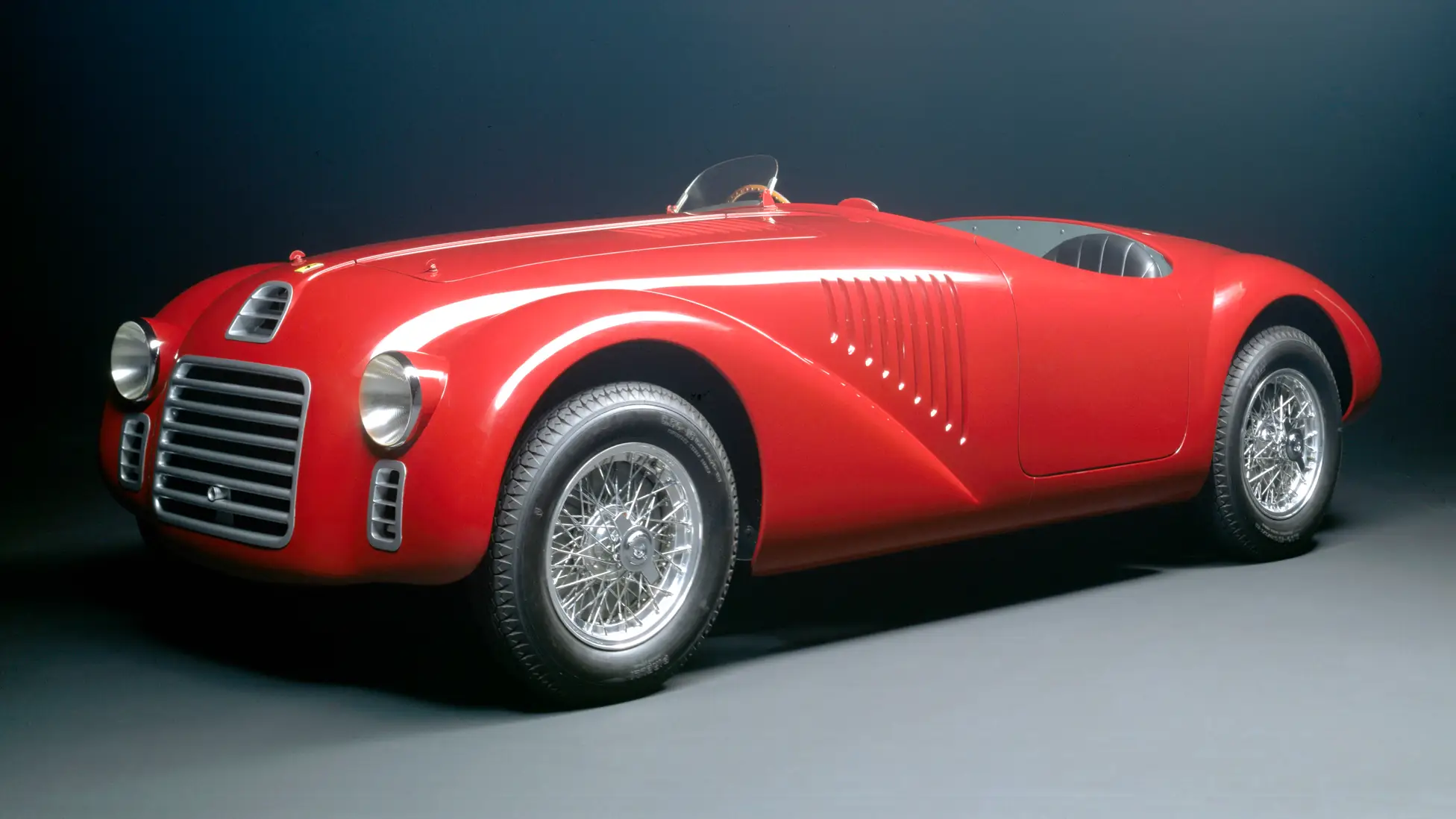
The Japanese Invasion: Toyota, Honda, and Nissan Take the World by Storm
In the latter half of the 20th century, Japanese car manufacturers like Toyota, Honda, and Nissan began to impact the global market significantly. Known for their reliability, fuel efficiency, and innovative technology, these companies challenged the dominance of the Big Three and European manufacturers. The Japanese automobile invasion forever changed the industry and expanded consumer choices.
IV. A Greener Future: Electric Cars and Cutting-Edge Technology
The Tesla Revolution: Electric Cars for the Masses
Electric cars have been around for a long time, but it wasn't until Tesla, led by Elon Musk, revolutionized the industry that they gained mainstream popularity. Tesla's stylish designs, impressive performance, and commitment to sustainability attracted consumers worldwide, pushing other manufacturers to develop their electric vehicles and paving the way for a greener future.
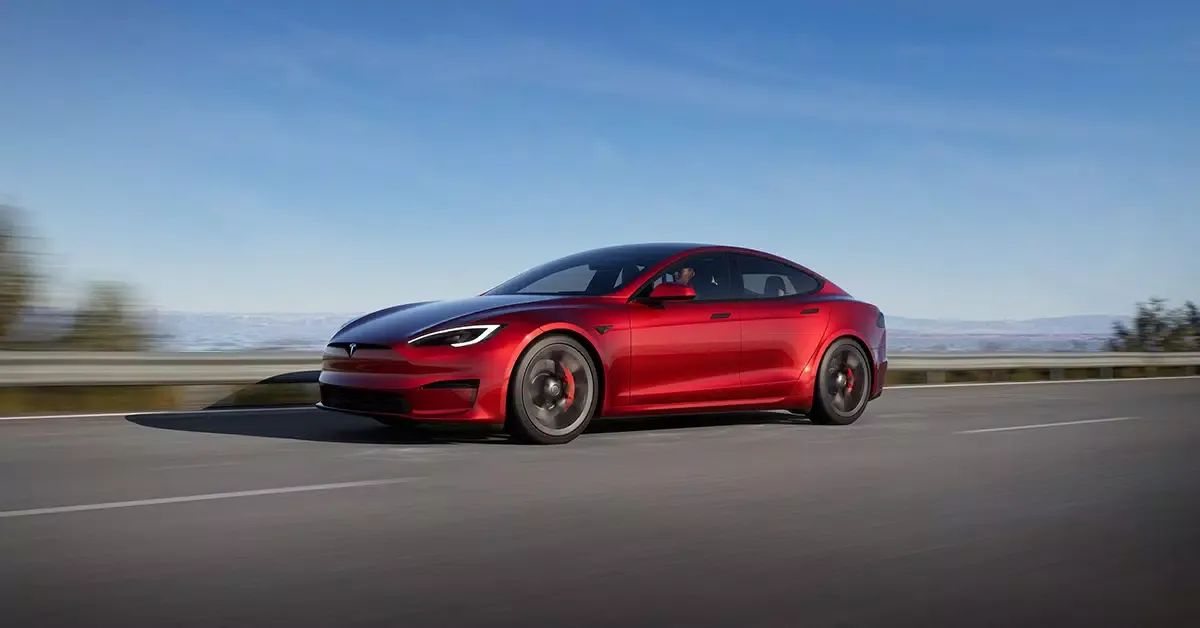
Autonomous Vehicles: The Dawn of Self-Driving Cars
Self-driving cars are no longer a sci-fi fantasy. Companies like Google's Waymo, Uber, and Tesla have invested heavily in autonomous vehicle technology. The first fully self-driving cars will hit the roads within a few years. This cutting-edge technology promises to transform how we travel, potentially reducing accidents, improving traffic flow, and revolutionizing the transportation industry.
The Hyperloop and Flying Cars: A Glimpse into the Future
As we look toward the future, even more, exciting developments in transportation technology await. The Hyperloop, a high-speed vacuum tube transportation system, promises to revolutionize long-distance travel. Meanwhile, flying cars are becoming a reality, with companies like Terrafugia and AeroMobil working on prototypes that could take to the skies in the not-so-distant future.
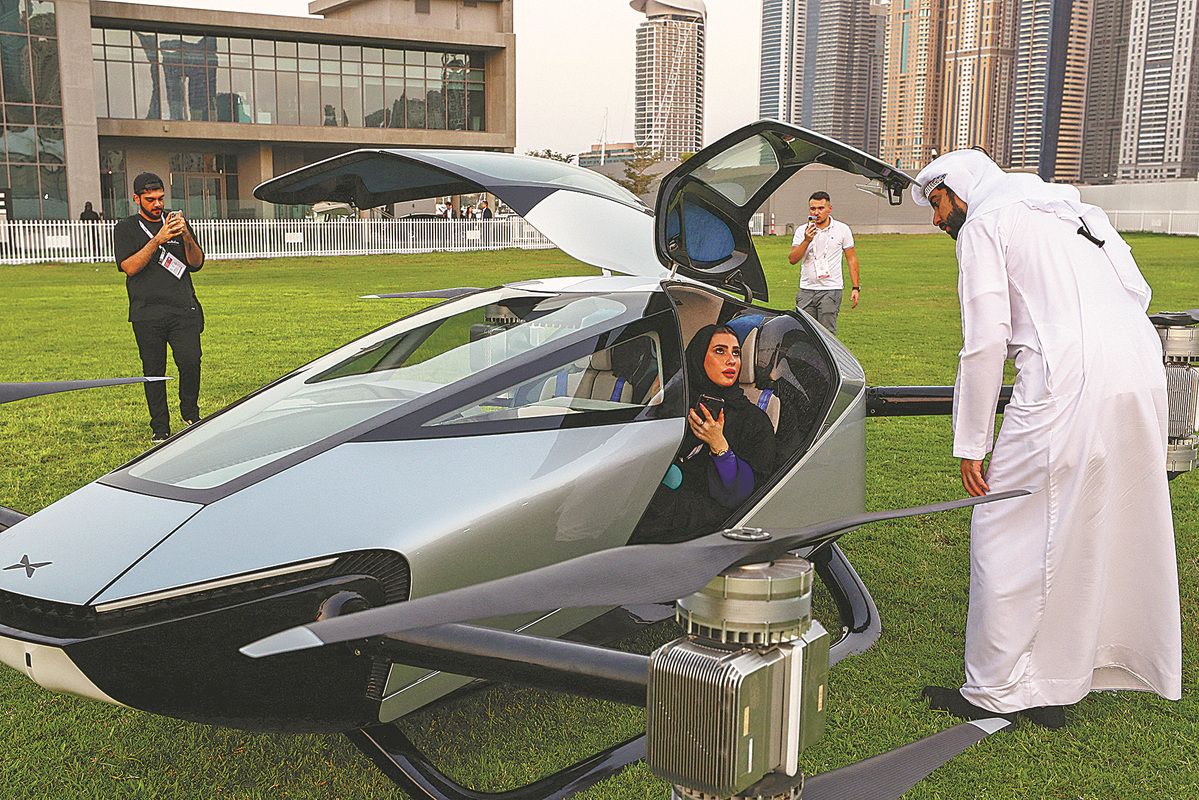
V. FAQ
A. Who invented the first automobile?
The first self-propelled automobile was the Fardier à vapeur, a steam-powered vehicle invented by Nicolas-Joseph Cugnot in the 18th century. However, Karl Benz's gasoline-powered Benz Patent-Motorwagen, introduced in 1885, is often considered the first true automobile.
B. What role did Henry Ford play in the evolution of automobiles?
Henry Ford played a crucial role in the automobile industry by introducing the Model T, an affordable and reliable car that revolutionized transportation. He also pioneered the assembly line, which allowed for the mass production of vehicles and made automobiles accessible to the average person.
C. How have automobiles changed over the years?
Automobiles have evolved significantly since their inception, from horseless carriages to modern marvels. They've become more reliable, fuel-efficient, and technologically advanced, offering features such as GPS navigation, advanced safety systems, and electric powertrains. Automobile design has also shifted with the times, reflecting cultural trends and preferences.
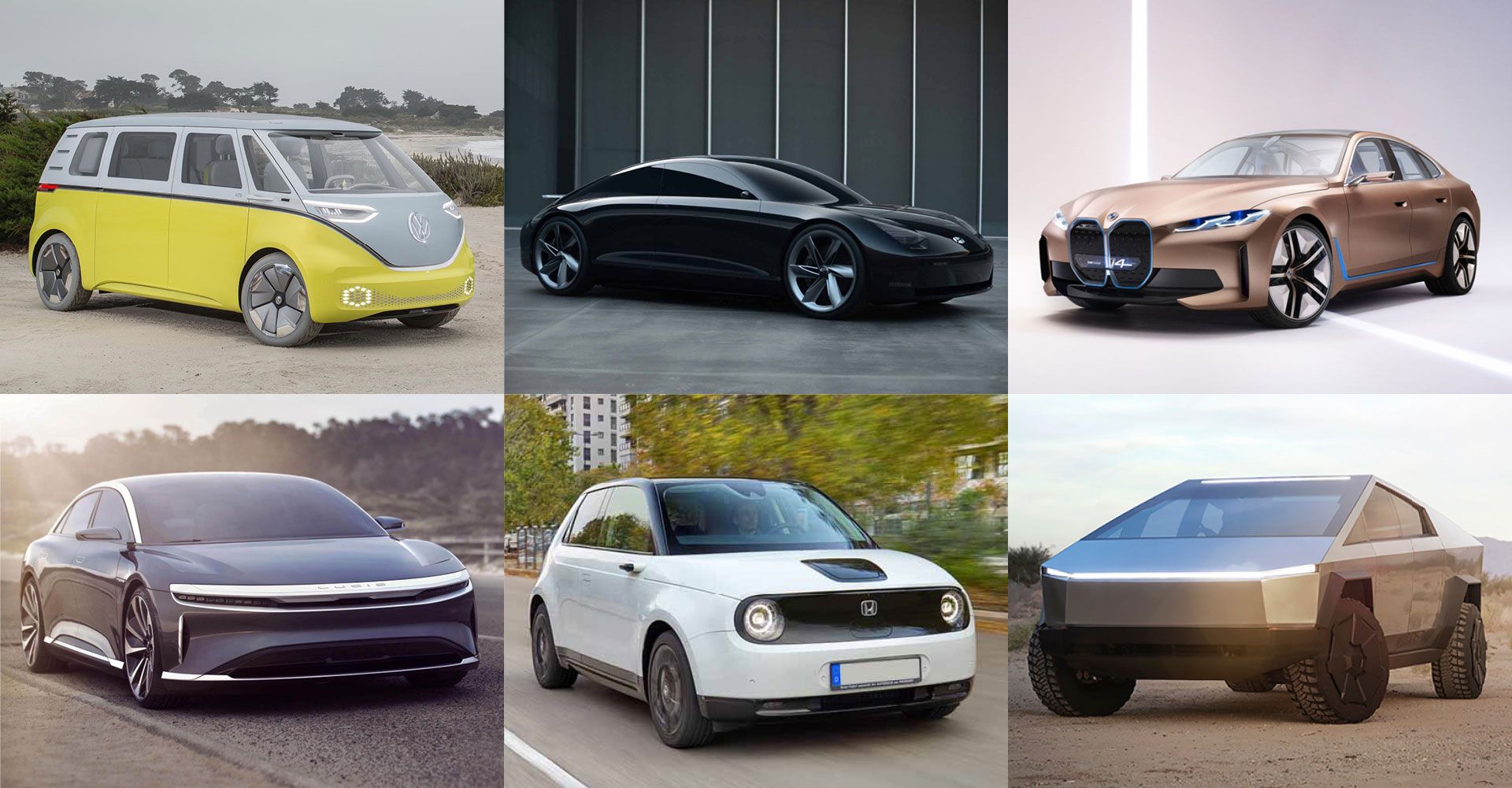
Conclusion: The Road Ahead
Our sentimental ride through the evolution of automobiles has been a blast from the past. We've witnessed the early days of horseless carriages, the classic cars that defined the decades, the rise of global automobile giants, and the promising future of electric and autonomous vehicles. As we continue to ride into the future, we can't wait to see what exciting innovations lie ahead. So, tell us your favorite automobile memory! Share your thoughts in the comments below, and let's keep this nostalgic journey going!
In conclusion, the evolution of automobiles has been a fascinating and nostalgic journey filled with innovation, style, and societal impact. From the early days of horseless carriages to today's cutting-edge electric and autonomous vehicles, automobiles have come a long way and will continue to shape the future of transportation. As we look forward to the next chapter in automotive history, we can't help but feel a sense of excitement and wonder about what's to come.
